What is the tolerance range of precision screws?
What is the tolerance range of precision screws?
Service Hotline
+86760-8787 8587We have more than ten years of production experience in the screw industry, the main products are: high-crore bolts, anti-theft countersunk head bolts, aluminum semi-hollow rivets, fixed pin pins, flat head screws, anti-slip hexagon nuts, galvanized gasket manufacturers, knurled Aluminum nuts, decorative black, extended machine screws, national standard bolts, GB91 stainless steel, furniture decoration screws, top explosion expansion bolts, concave end machine screws and other fasteners, due to different product materials and specifications, the price is also different, Please contact us if necessary.


Commonly used screw materials in my country are No. 45 steel, 40Cr, ammoniated steel, 38CrMOAl, superalloy, etc. 1) No. 45 steel is cheap and has good processing performance, but poor wear resistance and corrosion resistance. Heat treatment: quenched and tempered HB220-270, high-frequency quenched HRC45--48. 2) The performance of 40Cr is better than that of No. 45 steel, but it is often plated with a layer of chromium to improve its corrosion resistance and wear resistance. However, the requirements for the chrome plating layer are relatively high. If the plating layer is too thin, it is easy to wear, and if it is too thick, it is easy to peel off. After peeling off, it will accelerate the corrosion, and it has been rarely used. Heat treatment: quenched and tempered HB220—270, hard chrome plated HRC>553) nitrided steel, 38CrMoAl have excellent comprehensive properties and are widely used. Generally, the nitride layer reaches 0.4-0.6 mm. However, this material has low resistance to hydrogen chloride corrosion and is relatively expensive. 4) The superalloy material is superior to other materials. This material does not need coating, and is mainly used for the raw halogen-free screw of injection molding machine. The material has high oxidation resistance and corrosion resistance.
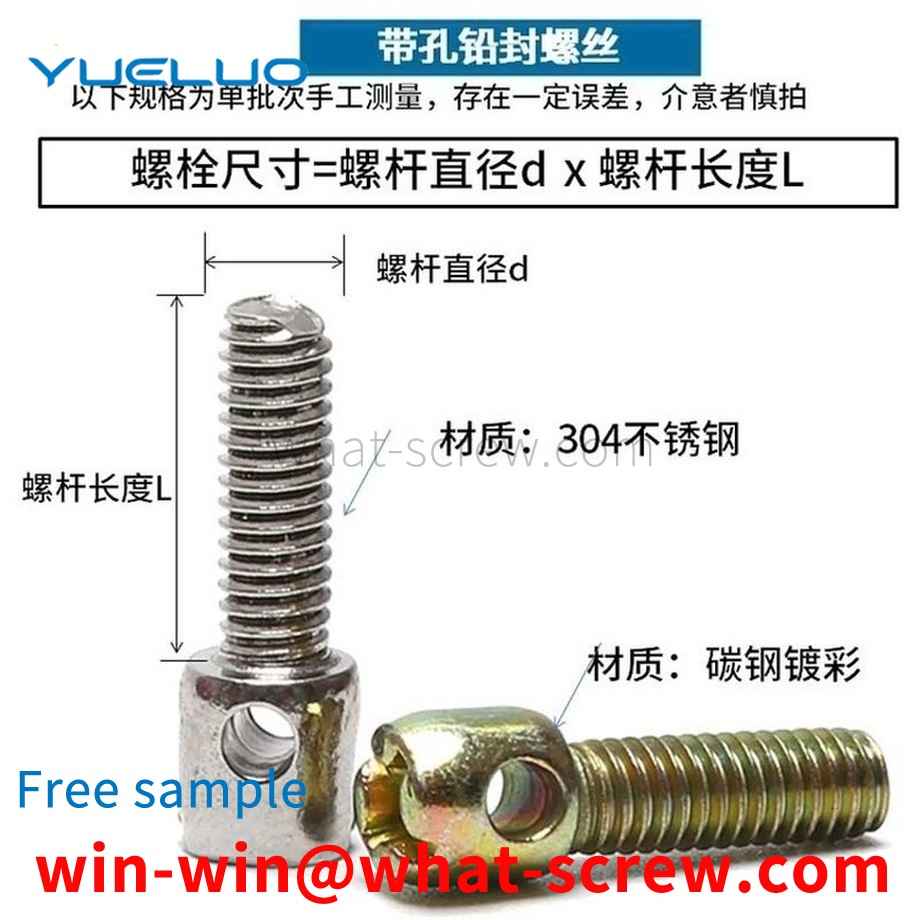
rivet with a simple structure includes a rivet cap, a rivet main rod, a rivet limit rod and a limit hole. The rivet main rod is provided with a limit hole inside, the rivet limit rod is located below the rivet main rod, the upper end side of the rivet limit rod is provided with a limit groove, the limit groove is connected with the lower end of the rivet main rod, and the groove surface of the limit groove is round. arc-shaped, the lower end side of the rivet limit rod is provided with four limit grooves, the cross section of the limit groove is in the shape of a right-angled trapezoid, the limit hole passes through the interior of the rivet limit rod and the rivet main rod, and one end of the limit hole The hole surface and the lower end surface of the rivet limit rod are on the same plane.
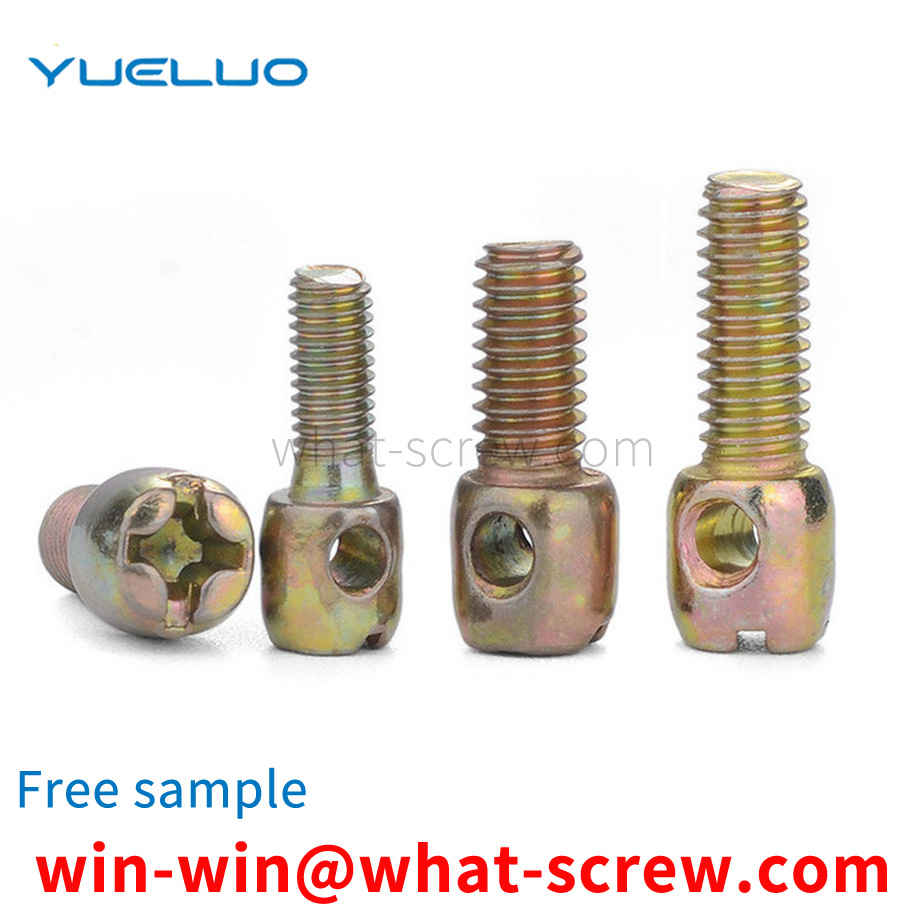
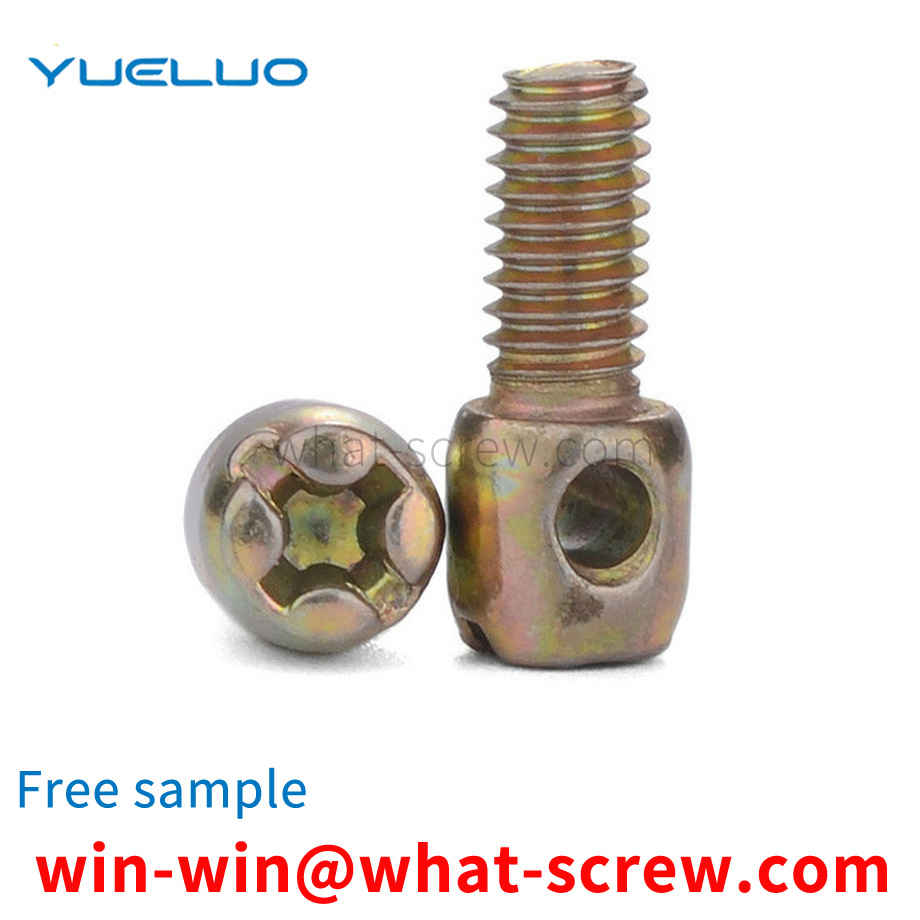
Guangdong Yueluo Hardware Industry Co., Ltd. discloses an eccentric special-shaped rivet, which has a simple structure and is inexpensive to manufacture. The eccentric shaped rivet includes a cylindrical head and an eccentric polished rod. The diameter of the cylindrical head is larger than that of the eccentric polished rod. The eccentric polished rod is arranged at the lower end of the cylindrical head, and the axis of the eccentric polished rod is not the same as the axis of the cylindrical head. on the same straight line. The eccentric special-shaped rivet has low manufacturing cost and is easy to realize automatic assembly.
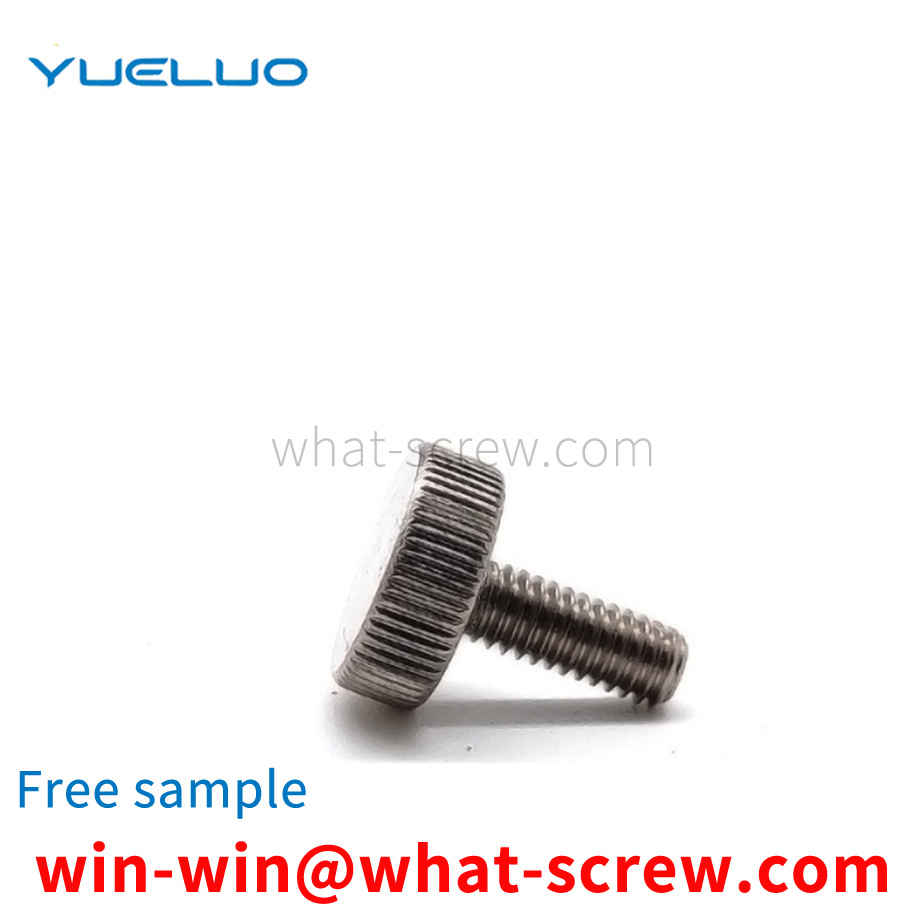
With the vigorous development of the construction market, fastener-type steel pipe scaffolding and formwork support have been widely used, and a large number of fasteners are used in the fastener-type steel pipe scaffolding and formwork support system. The commonly used fastener structure generally includes a fastener body 1, a blade 2, and a rivet 3 for connecting the fastener body and the blade. An arc-shaped cavity 4 for penetrating the steel pipe is provided between the fastener body and the blade. Figure 1 Right-angle fasteners shown. However, in the process of building construction, the blades of the fasteners have different degrees of cracks and fractures, which lead to the scrapping of the fasteners, or the fasteners are scrapped due to the poor anchoring of the rivets of the fasteners, resulting in a lot of waste, and the fasteners are damaged. There is a large safety construction hazard. However, repairing damaged fasteners entirely by hand has many disadvantages, such as technical difficulty, time-consuming and labor-intensive, and high operating costs. Therefore, researching and designing an auxiliary device for installing rivets in the process of repairing damaged fasteners to reduce labor intensity of workers, improve repair efficiency, and reduce operating costs is a technical problem to be solved urgently by those skilled in the art.
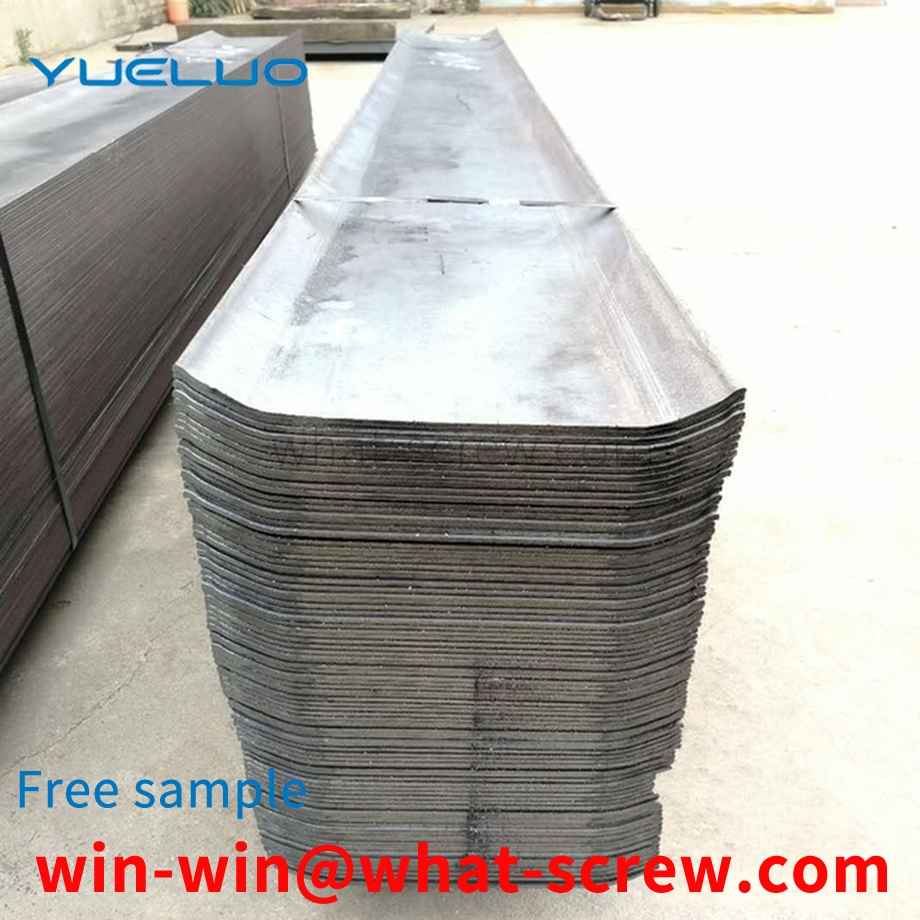
The above content is uploaded by Yueluo or the Internet. If there is any copyright issue, please contact [email protected].

What is the tolerance range of precision screws?

How to choose the right stainless steel screw manufacturer?

Why is there an R angle under the head of the hexagon head s...

We have more than ten years of production experience in the ...

We have more than ten years of production experience in the ...

We have more than ten years of experience in screw industry ...

We have more than ten years of experience in screw industry ...